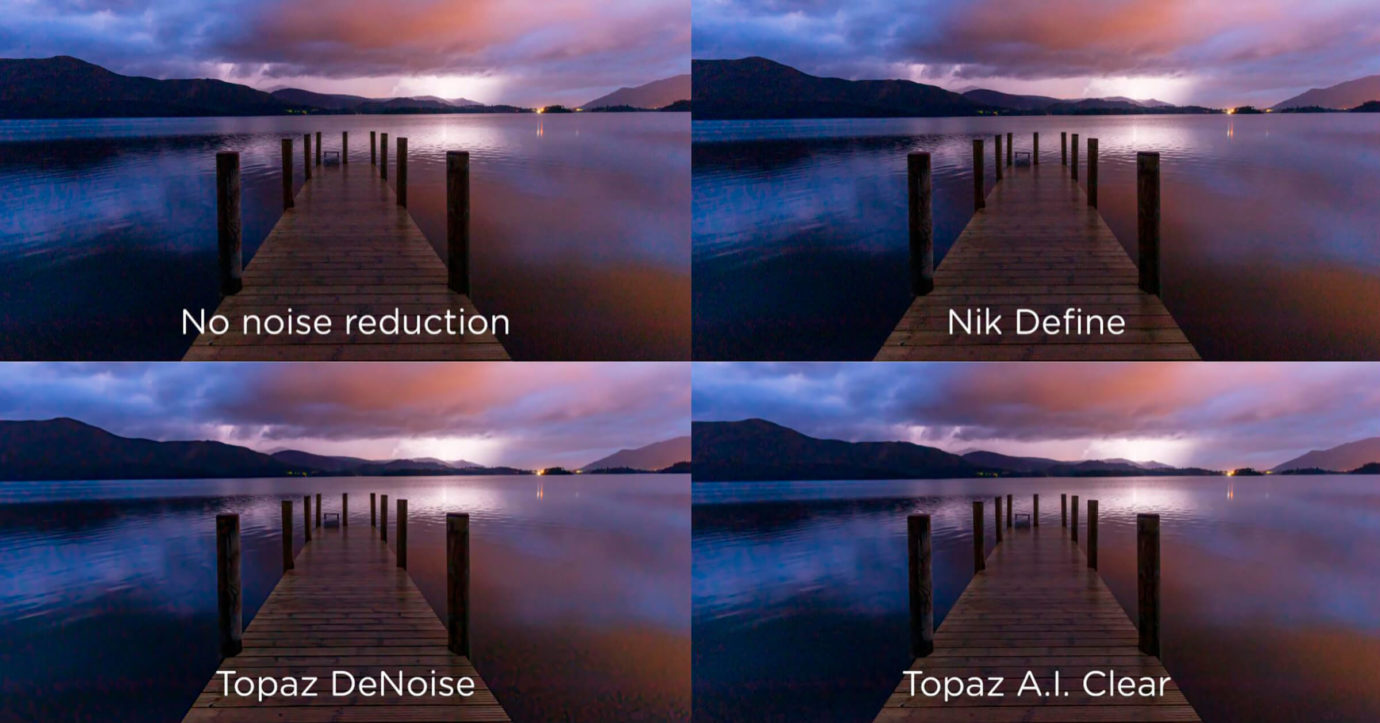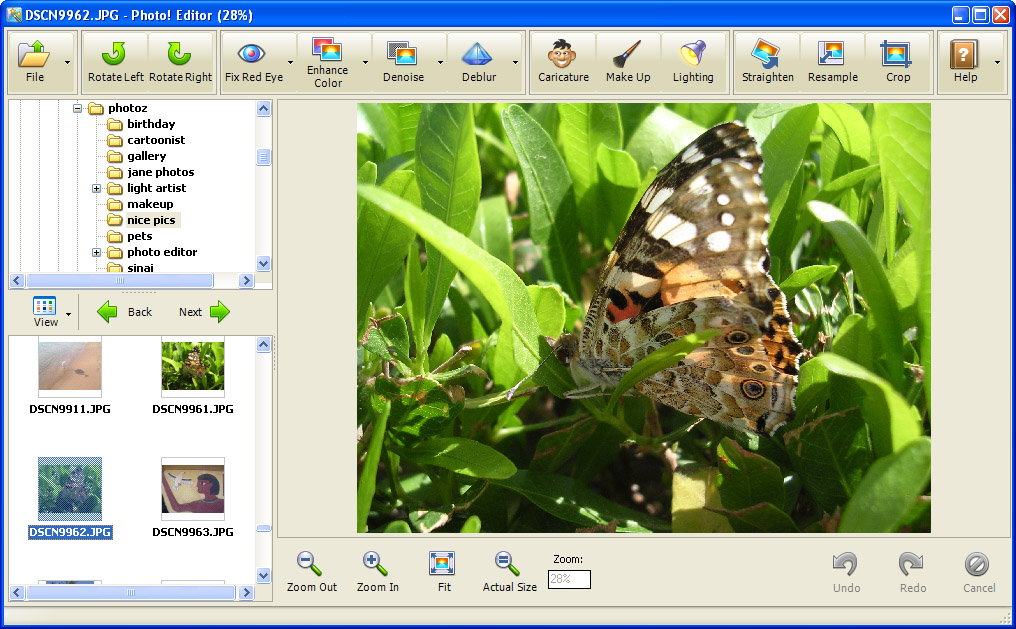

Often times you’ll need to sharpen the images after removing noise. After all, there is no magic solution that can fix a bad photo. That aside, you should have realistic expectations and understand that there would be situations in which you will have to live with a bit of noise. Of course, for best results, you must shoot RAW and try to get as much quality as possible in-camera. However, today you can find high-grade noise reduction tools equipped with AI features and advanced algorithms to remove both luminance and color noise while preserving image quality. The only issue is that you might lose some detail during this process.
Denoise photo editor software#
Simply put, noise reduction software smoothes the photo to reduce the unwanted texture while decolorizing distorted pixels to match the surrounding colors.

This type of noise is related to image exposure, high ISO numbers, and the size of the pixels. In contrast, luminance noise is colorless, and it looks similar to grain. It looks like a kind of colored, unaesthetic grain that is most noticeable in the dark areas of the photo. That said, there are two types of noise in digital photography: color noise and luminance noise.Ĭolor noise (also called chromatic or chroma noise) refers to hue variations between pixels.

Like grain, it appears mostly when we work with high ISO, as we are “forcing” the pixels of the sensor. On the other side, digital noise is an unwanted signal that produces random variations of color and brightness in images. It is also worth noting that films with larger crystals are more sensitive, so they are associated with very high ISO values. The bigger the crystals, the bigger (and more noticeable) the grain. Grain only appears in analog photography, and it is a texture produced by the photosensitive crystals that cover the film. Understanding noise in digital photographyįirst of all, although some people define the term noise as grain, they are two different concepts.


 0 kommentar(er)
0 kommentar(er)
